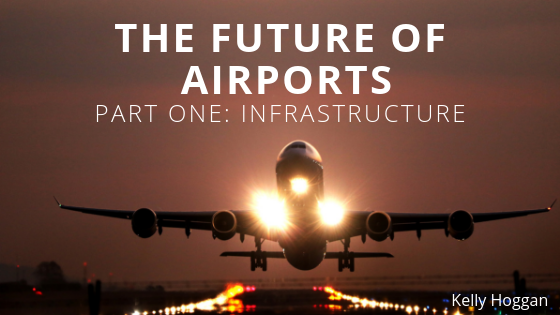The first day of the IT & Security conference for International Airport Review went underway on December 4th with much discussion about the future of airports and more specifically, how technology will continue to develop and make a lasting impact on air transportation. Airports all over the world are facing growth of capacity as the popularity of air travel continues to rise. To meet the demand, airports around the globe are trying to keep up by reevaluating the infrastructure and technology used within to make travel faster and easier while maintaining a high level of safety and security.
Angela Gittens, director general for Airports Council International, forecasts that air traffic will double in the next in seventeen years. With millions of more people traveling, airports will need to expand in order to keep up with the demand. The overall infrastructure of many airports will need to be updated. Istanbul is rising to that demand, with a new mega-hub airport that features two runways and advanced technology. Opening in phases, it will be the biggest airport in the world. Istanbul New Airport also features a 90 million passenger capacity in one terminal alone, and an ultimate annual capacity of 200 million. Beijing is not far behind, with a new airport opening next year that will be a close comparison to Istanbul’s in size.
While many airports are doubling in size to meet the rising popularity in travel, others are also factoring in climate change when reconfiguring the infrastructure of their airports and location. The construction of these advanced facilities will consider future ocean flooding zones by building runways and terminals at higher elevations. A quarter of the world’s busiest airports sit less than 32 feet above sea level. Several sit even less than that. After a major typhoon flooded Kansai International Airport in Japan this year, the concern for a new infrastructure continues to elevate around the world for many vulnerable airports.
Australia has been a pioneer in the implementation of swing gates, an operation that has seen much success in managing international traffic numbers. Swing gates are becoming a global trend that allows gates to accommodate both international and national passengers. The benefit of swing gates not only meet the growth of international travel by sparing capacity but also add ease to the passenger’s travel time across the airport. Overall, swing gates can save airlines both time and money.
Changing the infrastructure is just one of the ways airports all over the world are adapting to meet the rising number of travelers. However, meeting this demand does not end with a remodel. Stay tuned for part two of this blog where we focus on advanced technology that is being developed and utilized to make air travel faster, easier, and ultimately safer.


